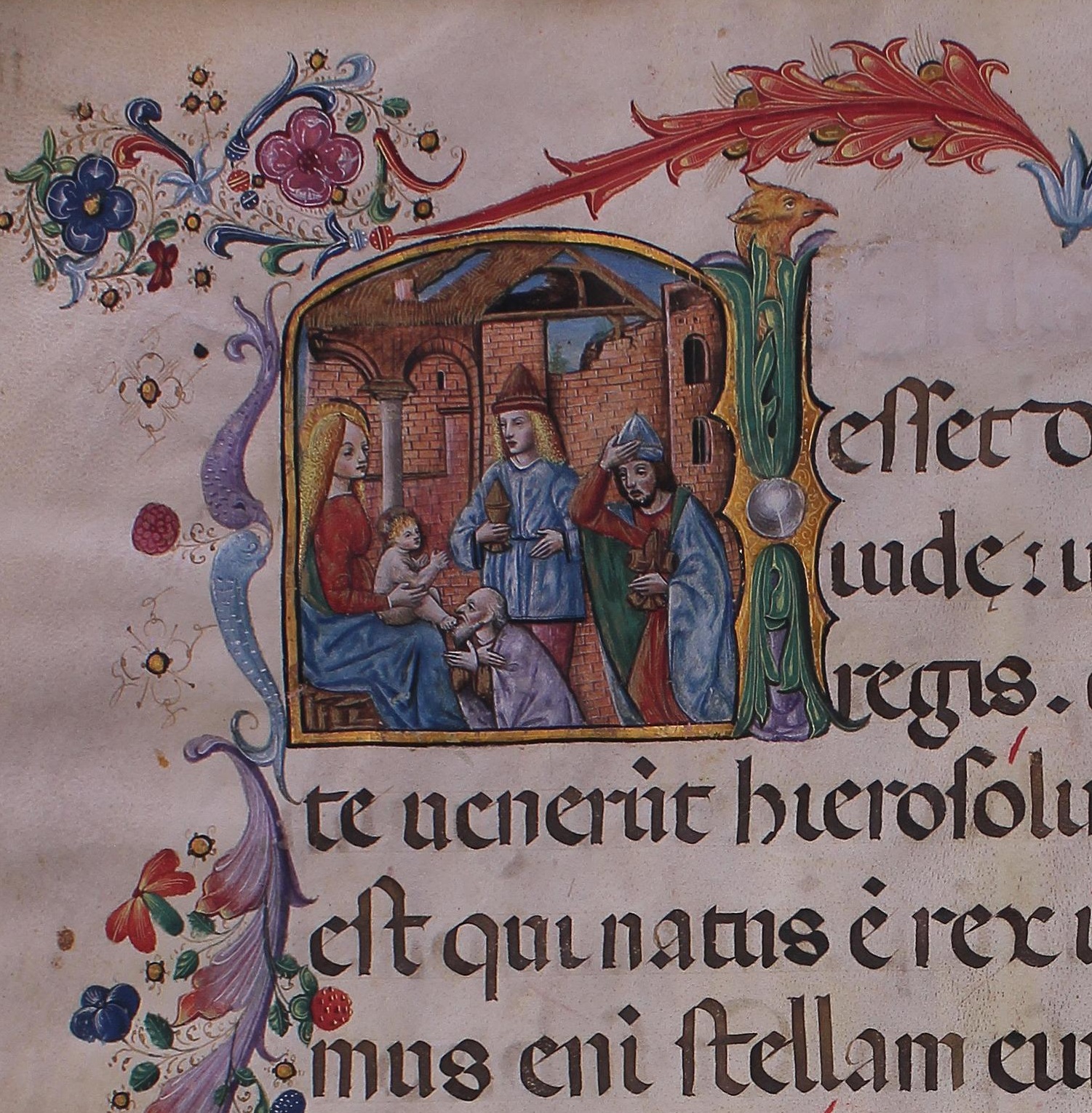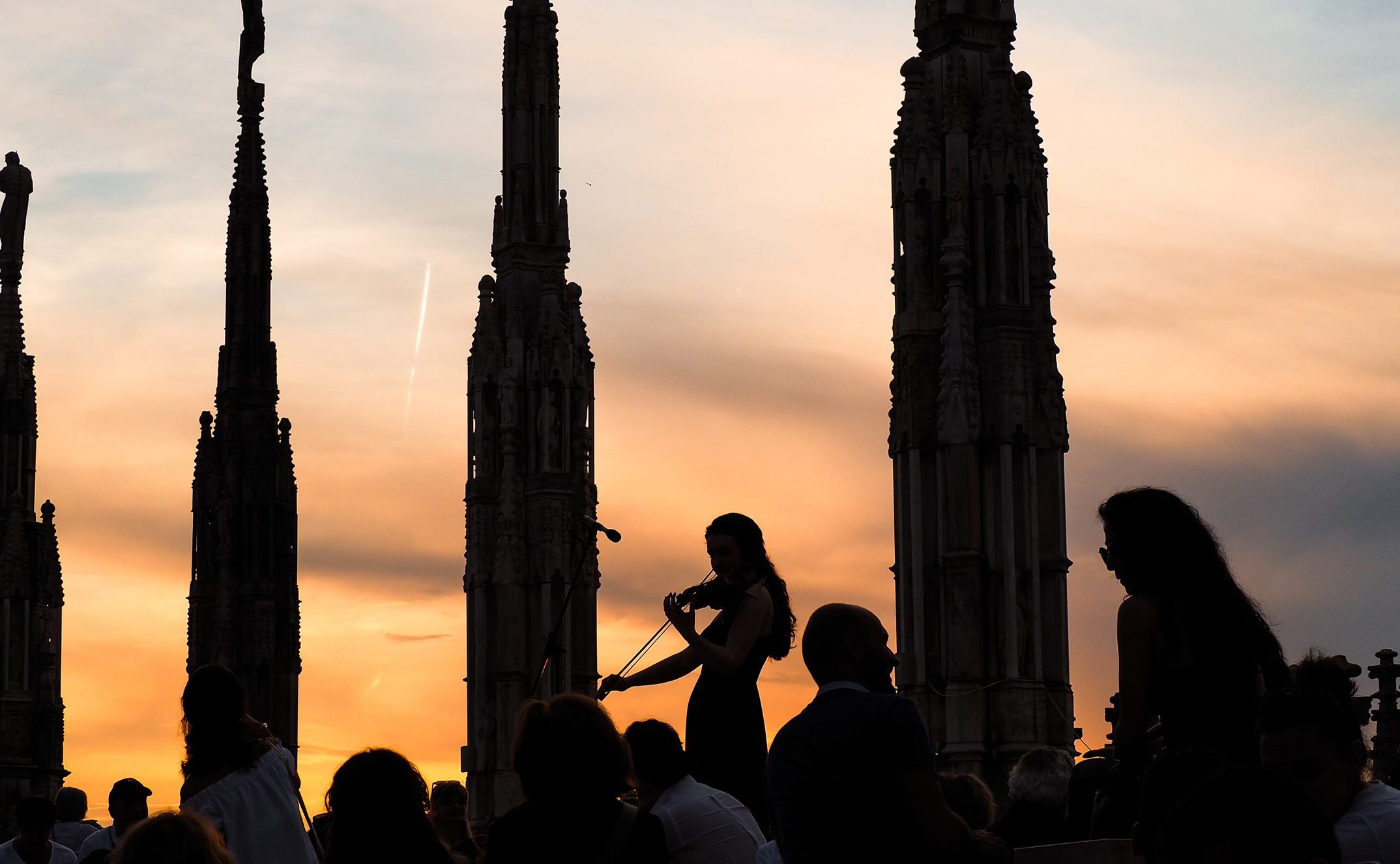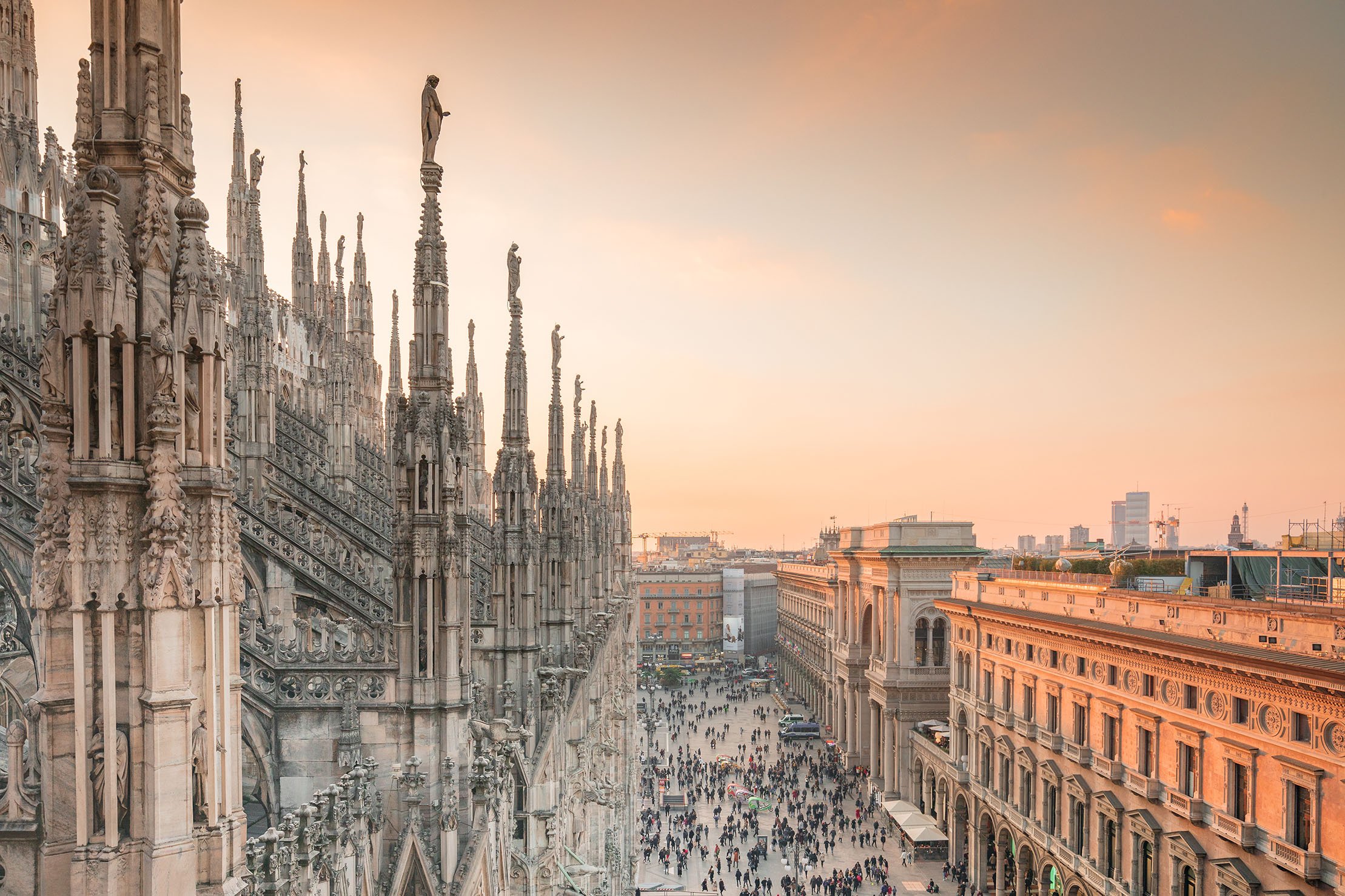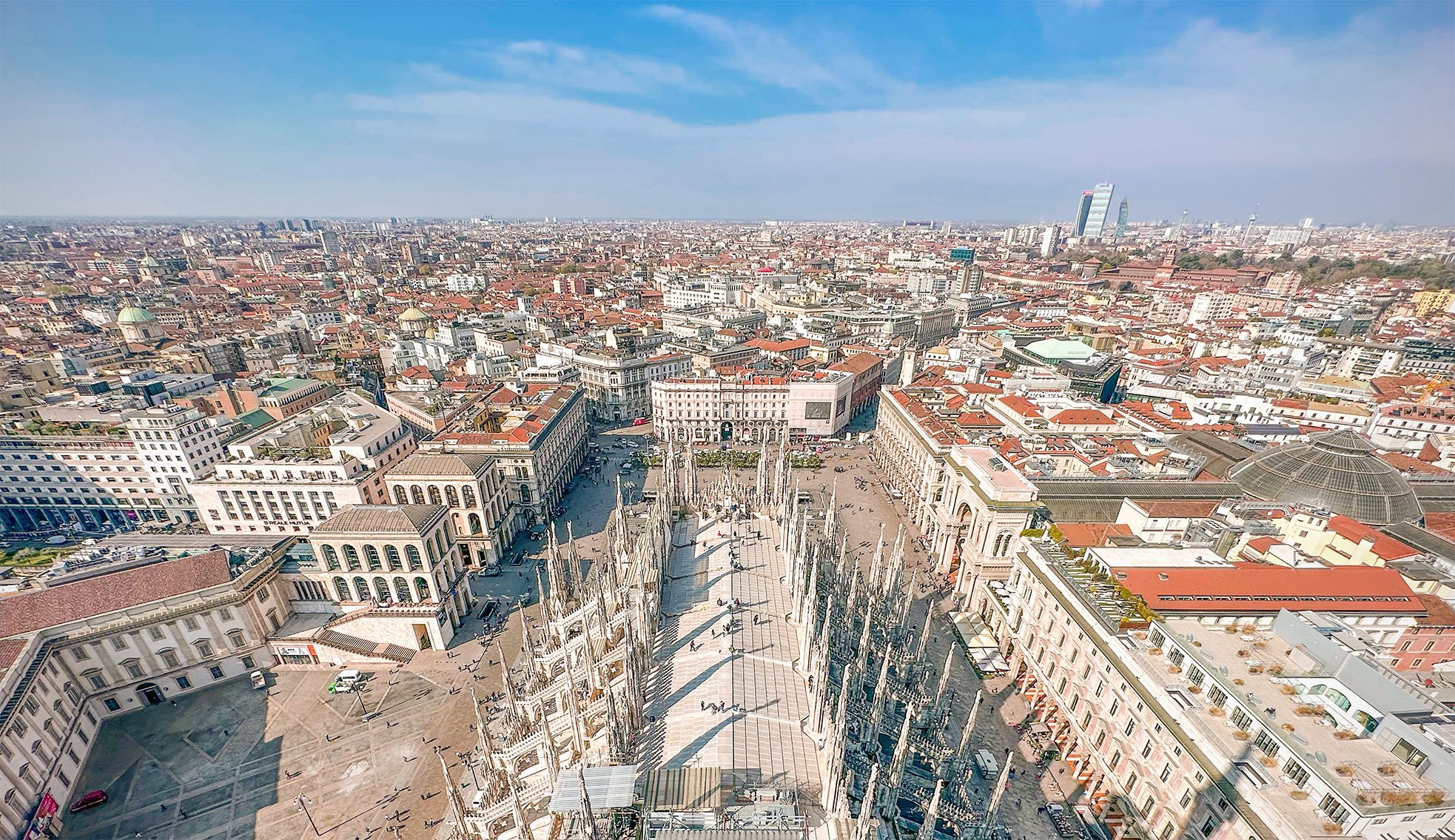Solemnity of the Epiphany of the Lord

Eucharistic celebrations at 7 a.m. – 8 a.m. – 9.30 a.m. – 11 a.m. – 12.30 p.m. – 5.30 p.m.
7 a.m. – 6.30 p.m.
SUNDAY 5 JANUARY
– 5.30 p.m. Vigil Chapter Eucharist
MONDAY, 6 JANUARY
Eucharistic celebrations 7 a.m. – 8 a.m. – 9.30 a.m. – 11 a.m. – 12.30 p.m. – 5.30 p.m.
– 10.25 a.m. Morning Lauds
– 11.00 a.m. Pontifical service presided over by His Excellency the Archbishop
– 4.30 p.m. Vespers, Rite of Omnes Patriarchæ and Eucharistic Blessing presided over by His Excellency the Archbishop
It is possible to follow the Vigil Celebration (Sunday, 5th January), the Pontifical at 11 a.m. and Vespers at 4.30 p.m. (Monday, 6th January) in streaming on this Site (www.duomomilano.it) from the YouTube channel Duomo Milano TV.

Over time, the Solemnity of Epiphany (6 January) has been charged with a strong popular significance, even taking on an almost ‘nostalgic’ feeling, traditionally marking ‘the end of all Christmas festivities’. In reality, this day rather than the conclusion of Christmas time – postponed to the following feast of the Baptism of the Lord (1st Sunday after Epiphany, this year on 12 January) – represents its apex.
Epiphany, together with Easter, Christmas and Pentecost, is one of the four great feasts of the liturgical year and in its celebration it clearly retains this peculiarity, starting with the typical vigil Mass, typical of Ambrosian liturgical practice, scheduled in the Cathedral on the afternoon of Sunday 5th January (5.30 p.m.).
Similar to what happens in the East, also in the Ambrosian context, the feast of the Epiphany has always been celebrated with great solemnity. With a wealth and variety of images, the liturgy presents the many manifestations of the Lord: the adoration of the Magi, the Baptism in the Jordan, the water changed into wine at the wedding in Cana, the multiplication of the loaves.
Even today, in addition to the Pontifical Mass (11.00 a.m.), the Archbishop presides at Second Vespers, celebrated at 4.30 p.m., which includes a very special rite. Immediately after the Lucernario, the original and qualifying element of the Vespers prayer, the ancient Ambrosian antiphon of Omnes Patriarchæ is sung (from the first words of the original Latin text, this is how it is still performed in the Duomo). In it one acclaims the revelation of Christ in the Christmas Mystery proclaimed by the patriarchs in the Old Testament, foretold by the prophets and fulfilled with the birth in Bethlehem, confirmed by the annunciation of the angels to the shepherds and the appearance of the star in the heavens, and which is realised in the reception of the Saviour by the just.
Tradition has it that this Antiphon is sung four times in a row, as if to indicate that the announcement of the messianic fulfilment spreads, through the four cardinal points, throughout the whole earth. For the first three times, the Antiphon is performed by the various components of the liturgical assembly: the Pueri Cantores, the Musical Chapel and the Primicerius of the Metropolitan Chapter. Finally, the Archbishop himself before the altar and facing the people, together with the Canons of the Cathedral, proclaims in song for the fourth and final time the proclamation of the Christmas Mystery fulfilled with the manifestation of Christ to the world.


